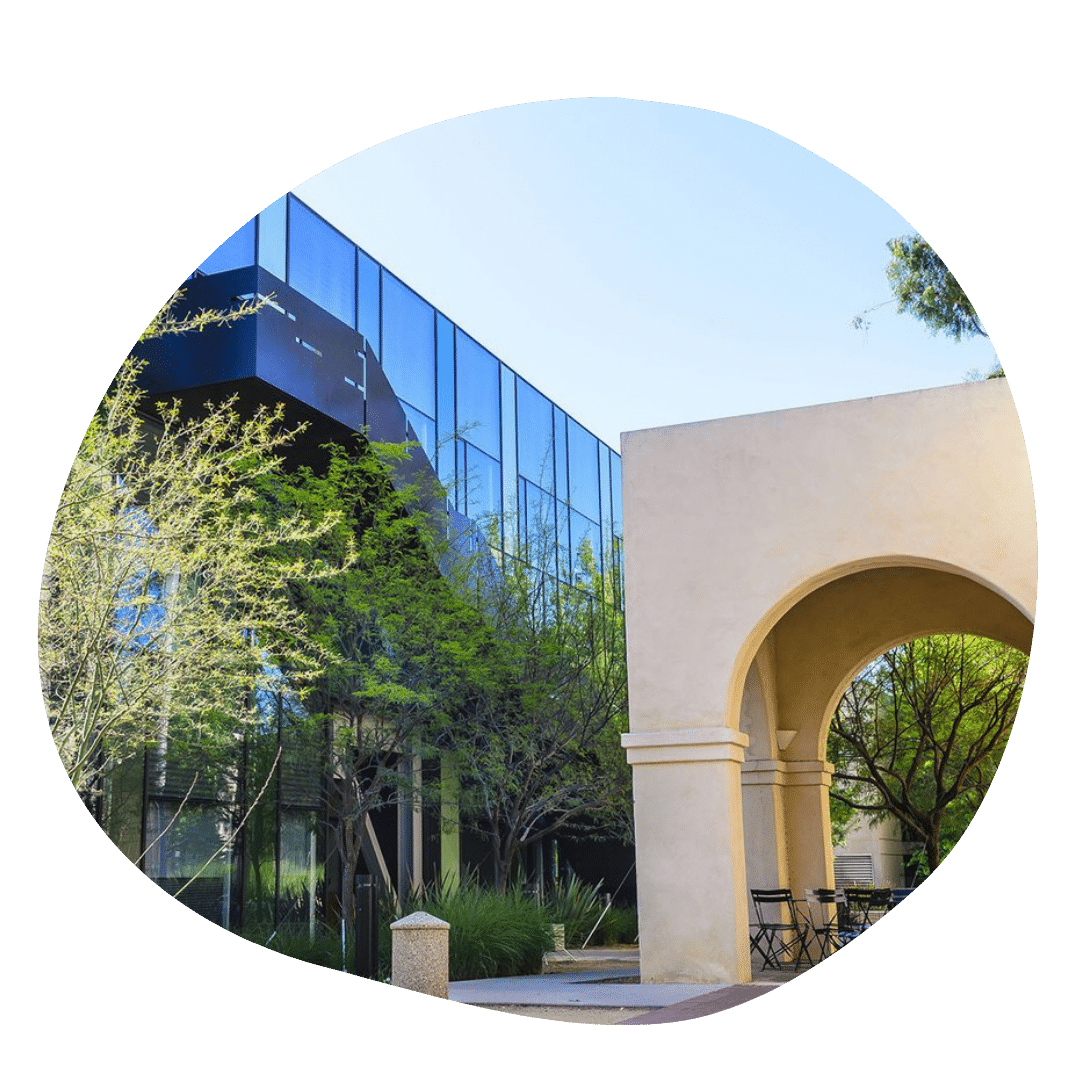
Choosing between MIT and Caltech is quite the toss-up, particularly for students passionate about science, technology, engineering, and mathematics (STEM). Both institutions are synonymous with academic excellence and groundbreaking research, making them top contenders for the brightest minds. However, understanding the nuances that differentiate these two elite schools is essential in making an informed decision about where to spend the next four years of your academic journey. In this guide, we’ll take a look at the key distinctions between MIT and Caltech, helping you determine which institution aligns better with your goals and aspirations.

Overview of Caltech and MIT
Location and campus size

MIT: In contrast, MIT is located in the bustling city of Cambridge, Massachusetts, just across the river from Boston. The urban campus is significantly larger, accommodating over 4,000 undergraduates. This dynamic setting provides students with diverse opportunities both on and off campus.
Caltech: Nestled in the heart of Pasadena, California, Caltech offers a serene, small-campus environment that fosters close-knit relationships among students and faculty. With an undergraduate enrollment of just over 1,000 students, the institute prides itself on its intimate, collaborative atmosphere.
MIT: In contrast, MIT is located in the bustling city of Cambridge, Massachusetts, just across the river from Boston. The urban campus is significantly larger, accommodating over 4,000 undergraduates. This dynamic setting provides students with diverse opportunities both on and off campus.

Academic focus
Caltech: Caltech’s curriculum is heavily focused on science and engineering, with an emphasis on hands-on research from the very beginning. Students are encouraged to engage in faculty-led research projects, often leading to publications and presentations at conferences. This focus on experiential learning sets Caltech apart as a haven for those deeply passionate about research.
MIT: While MIT is also renowned for its strength in STEM, it offers a broader range of academic programs, including strong departments in management, economics, and the humanities. The interdisciplinary nature of MIT’s curriculum allows students to explore multiple interests, often combining majors or engaging in cross-departmental research.
Academic programs and research opportunities
College credit transfer is a crucial aspect of the transfer process. When you move from one college to another, the new institution evaluates your completed coursework, determining which credits can be accepted and applied toward your new degree program. Here’s how it generally works:
Caltech’s unique programs
Caltech, though small in size, is a powerhouse in scientific research and innovation. The institute offers a highly focused academic environment where students can dive deep into their areas of interest, particularly in STEM fields. Caltech’s academic programs are centered around its six divisions:
Caltech’s curriculum is designed to immerse students in research from the outset. The Summer Undergraduate Research Fellowships (SURF) program is one of the flagship opportunities, allowing undergraduates to conduct independent research under the guidance of faculty members, often leading to publication in scientific journals.
Caltech is also home to several world-renowned research centers and institutes:

The emphasis on hands-on research means that Caltech students often work closely with their professors, who are leaders in their fields, on projects that are at the forefront of scientific discovery. Majors such as Physics, Chemical Engineering, Computer Science, and Bioengineering are particularly strong, with students frequently engaging in interdisciplinary research that overlaps with fields like environmental science, quantum computing, and materials science.

MIT’s broad curriculum
MIT offers an expansive and diverse curriculum that encourages students to explore multiple disciplines and engage in interdisciplinary research. The Institute’s five schools—School of Engineering, School of Science, School of Architecture and Planning, Sloan School of Management, and School of Humanities, Arts, and Social Sciences—offer a wide array of undergraduate majors, from Mechanical Engineering and Computer Science to Economics and Urban Studies.
One of MIT’s most distinctive features is the Undergraduate Research Opportunities Program (UROP), which integrates research and education by providing students with the chance to work on real-world projects alongside faculty across every department. UROP is open to students from all years and allows them to gain hands-on experience in labs, participate in cutting-edge research, and often co-author papers with faculty.
MIT also hosts several interdisciplinary research centers that are leaders in their respective fields:

Students at MIT benefit from a curriculum that not only allows but encourages exploration across disciplines, with majors such as Electrical Engineering and Computer Science (EECS), Mechanical Engineering, Aerospace Engineering, and Economics standing out for their strong integration of theoretical and practical learning.
MIT’s commitment to interdisciplinary study is also reflected in programs such as Course 6-7 (Computer Science and Molecular Biology), which bridges the gap between computation and biology, and the SB-PhD program in Medical Engineering and Medical Physics, which is designed for students interested in applying engineering principles to medical problems.
Students at MIT benefit from a curriculum that not only allows but encourages exploration across disciplines, with majors such as Electrical Engineering and Computer Science (EECS), Mechanical Engineering, Aerospace Engineering, and Economics standing out for their strong integration of theoretical and practical learning.

Campus life and culture
Caltech’s tight-knit community
With a smaller student body, Caltech fosters a strong sense of community. The House System, a unique aspect of campus life, groups students into eight residential houses, each with its own distinct culture and traditions. This system encourages close interactions among students and provides a supportive environment that emphasizes collaboration over competition.
MIT’s diverse and dynamic environment
MIT’s larger and more diverse student population results in a vibrant campus life with numerous opportunities for involvement. From hackathons and tech conferences to cultural events and student-run startups, there’s always something happening at MIT. The variety of student organizations, clubs, and activities reflects the diverse interests and backgrounds of the student body, making it easy for everyone to find their niche.
Admissions and acceptance rates
Caltech admissions
Caltech is known for its highly selective admissions process, with an acceptance rate typically around 3-4%. The admissions committee looks for students with exceptional academic records, particularly in mathematics and science, as well as a demonstrated passion for research. Applicants are encouraged to highlight their research experience, problem-solving skills, and unique intellectual contributions.
MIT admissions
MIT’s admissions process is equally competitive, with an acceptance rate of around 4-5%. MIT seeks students who not only excel academically but also show innovation, leadership, and a strong commitment to making a positive impact in their communities. The application process is holistic, meaning that MIT considers a wide range of factors, including essays, recommendation letters, extracurricular activities, and interviews, in addition to academic performance.
Career prospects and alumni networks
Caltech alumni
Caltech’s alumni network, though smaller in size compared to MIT’s, is highly influential, especially in the fields of academia, research, and engineering. Many Caltech graduates go on to pursue advanced degrees and are known for their contributions to scientific research and innovation. The close-knit nature of Caltech also means that alumni are often deeply connected and willing to support fellow graduates.
MIT alumni

MIT boasts an extensive and diverse alumni network that spans various industries, including technology, finance, entrepreneurship, and beyond. MIT graduates are highly sought after in the job market, and the institution’s strong connections with leading companies and research institutions provide students with excellent career opportunities. Additionally, MIT’s global alumni community offers valuable networking opportunities and resources for professional development.

Financial aid and scholarships
Caltech’s financial aid
Caltech is committed to making education affordable for all admitted students. The institute offers need-based financial aid packages that often cover a significant portion of the cost of attendance. Caltech also provides merit-based scholarships for exceptional students, as well as funding opportunities for research and special projects.
MIT’s financial aid
MIT operates on a need-blind admissions policy and meets 100% of demonstrated financial need for all admitted students. The financial aid packages typically include grants, scholarships, and work-study opportunities, ensuring that students from all economic backgrounds can afford an MIT education. Additionally, MIT has a no-loan financial aid policy, meaning students are not required to take out loans to cover their educational expenses.
Making your decision: Factors to consider
Academic and career goals
When deciding between Caltech and MIT, consider which school aligns better with your academic interests and long-term career aspirations. If you’re deeply passionate about research in specific scientific fields, Caltech’s focused programs may be the right choice. On the other hand, if you’re looking for a broader range of academic options and opportunities for interdisciplinary study, MIT might be a better fit.
Personal preferences
Your personal preferences regarding campus size, location, and culture are also crucial factors in your final decision. If you thrive in smaller, more intimate settings where you can build close relationships with peers and faculty, Caltech’s environment may appeal to you. Conversely, if you prefer a larger, more diverse community with a wide array of extracurricular activities, MIT’s vibrant campus might be more suited to your personality.
Financial considerations
Finally, it’s important to compare the total cost of attendance at both institutions, factoring in financial aid packages and scholarships. While both schools are committed to making education affordable, the specifics of your financial aid offer could play a significant role in your decision-making process.
Key takeaways

Navigating the complexities of college admissions, especially when choosing between such prestigious institutions like CalTech and MIT, can be quite overwhelming. This is where Prepory comes in! Our expert admissions coaches are here to guide you through every step of the process, from identifying the best-fit school to crafting a compelling application that highlights your unique strengths. With Prepory’s personalized support, you can approach your college decision with confidence, knowing you have the resources and expertise to make the best choice for your future.
Choosing between Caltech and MIT is a big decision that requires careful consideration of various factors. Both institutions offer world-class education and unparalleled opportunities, but the best choice ultimately depends on your personal preferences, academic interests, and career aspirations. By thoroughly evaluating what each school has to offer, you can make a decision that will set you on the path to success.
Navigating the complexities of college admissions, especially when choosing between such prestigious institutions like CalTech and MIT, can be quite overwhelming. This is where Prepory comes in! Our expert admissions coaches are here to guide you through every step of the process, from identifying the best-fit school to crafting a compelling application that highlights your unique strengths. With Prepory’s personalized support, you can approach your college decision with confidence, knowing you have the resources and expertise to make the best choice for your future.

FAQs
Both Caltech and MIT are among the most selective institutions in the world, with acceptance rates that are extremely low. Caltech’s acceptance rate is typically around 3-4%, making it slightly more selective than MIT, which has an acceptance rate of around 4-5%. However, the criteria for admission can vary significantly.
Caltech’s culture is more focused on collaboration and close-knit interactions within a smaller community, whereas MIT offers a more diverse and dynamic environment with a wide variety of student organizations and activities. The choice between the two often comes down to whether you prefer a smaller, more intimate setting or a larger, more bustling campus.
Yes! You can absolutely apply to both Caltech and MIT. Applying to both can give you the flexibility to choose between two excellent options if you are admitted to both schools. Just be sure to tailor your application to highlight the specific qualities each school values.
Subscribe to our blog
Don’t miss out on the latest college admissions trends, updates, and tips!



